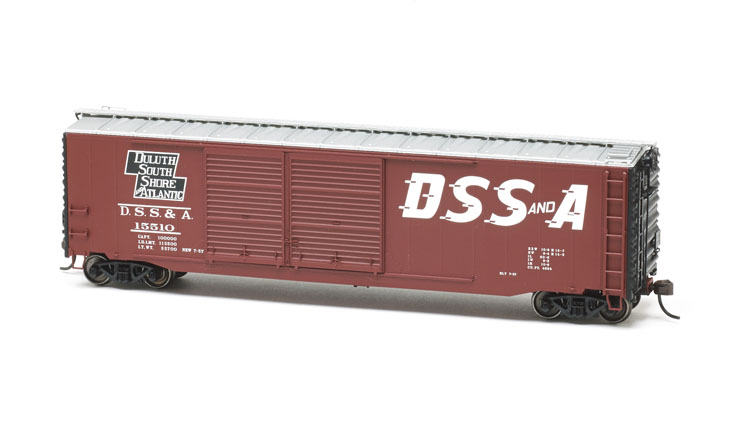
Atlas HO scale 50-foot double-door boxcar Price: $32.95 (undecorated, $26.95) Manufacturer Atlas Model Railroad Co. 378 Florence Ave. Hillside, NJ 07205 www.atlasrr.com Road names: Duluth, South Shore & Atlantic; Canadian National; Maine Central; New York, New Haven & Hartford; St. Louis Southwestern; and Union Pacific (two numbers each). Era: 1957 to 1983 (as decorated) Comments: […]
Read More…
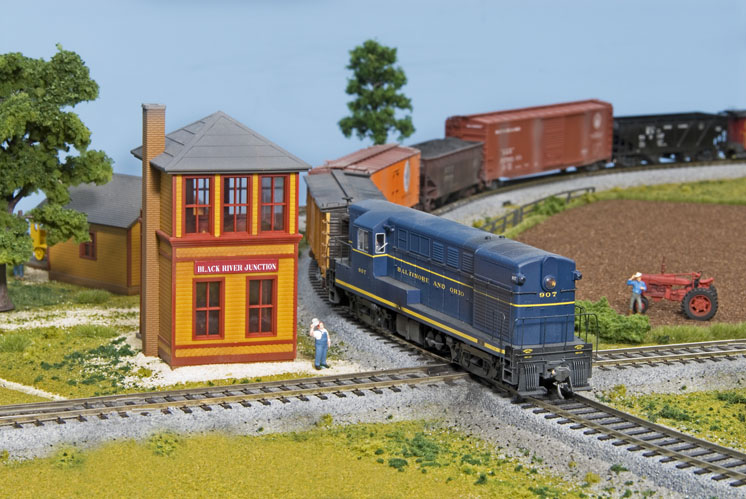
A Baltimore & Ohio Fairbanks-Morse switcher clatters over the crossing at Black River Junction. Bill Zuback photo A key part of building a successful model railroad is that the project keeps your interest. One way to stay “hooked” when building a layout is to make sure you can run some trains as quickly as possible. […]
Read More…
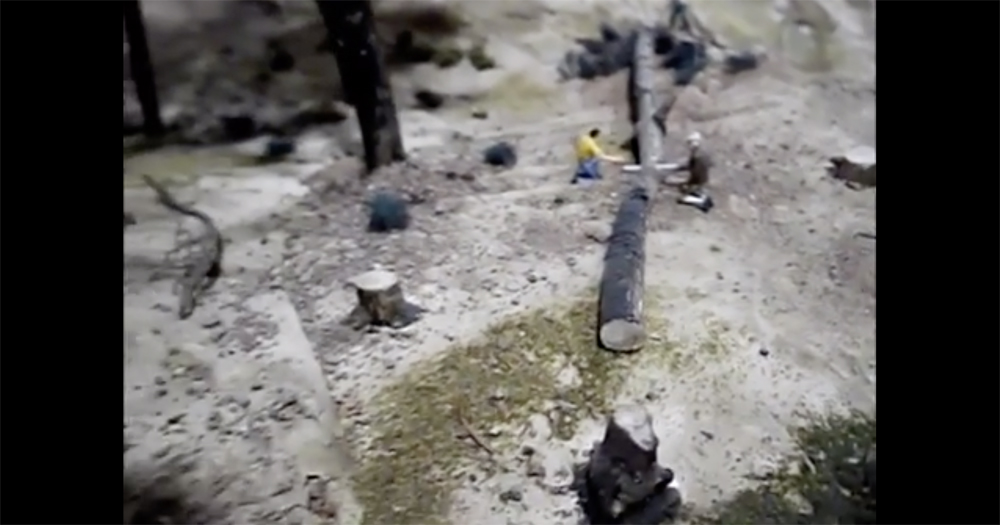
This video features prototypical log loading on flatcars in the Cloquet Valley, Minnesota. The homemade log jammer is modeled after a photograph of an early unit. Technique and tools are typical of the time. Also shows the process of moving logs from the woods. Was in use about 1920, but could have been used up […]
Read More…
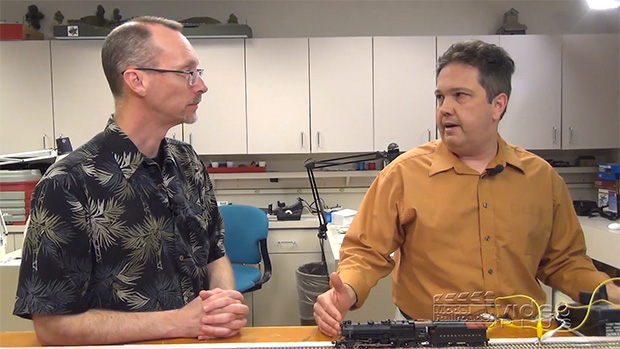
Having trouble viewing this video? Please visit our Video FAQ page You ask, we answer! In this new episode of Ask MRVP, host David Popp recruits Kent, Cody, Dana, and Drew to help address some of the comments, questions, tips, and suggestions you left following the MR Video Plus debut of this show. If […]
Read More…
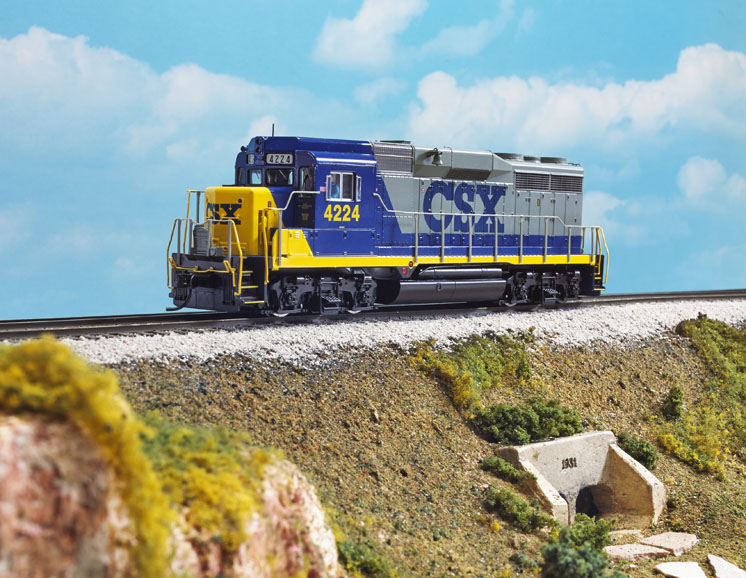
WalthersProto HO scale GP30 diesel locomotive Featuring a high level of protoypical detail and available with a SoundTraxx Tsunami Digital Command Control decoder, the WalthersProto HO scale GP30 captures the sights and sounds of its second-generation prototype. The decoder delivers realistic sound on direct-current and DCC layouts. In the early 1960s, General Electric had severed […]
Read More…
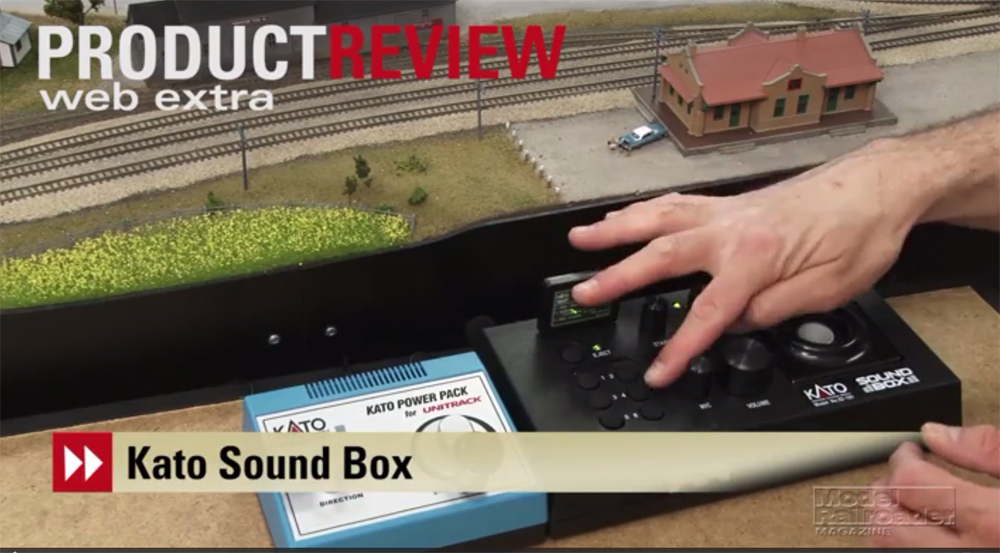
The Kato Sound Box provides an easy way to add realistic sound effects to a direct-current (DC) layout without having to install Digital Command Control (DCC). Senior editor Dana Kawala demonstrates the Sound Box connected to a Kato power pack on the Model Railroader staff’s N scale Red Oak project model train layout. […]
Read More…
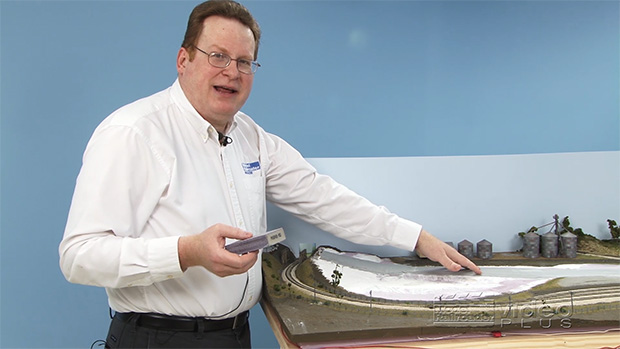
Having trouble viewing this video? Please visit our Video FAQ page Model Railroader magazine’s Steve Otte shows how to add a realistic paved roadway to any model railroad, including Model Railroader magazine’s 3 x 7-foot N scale Red Oak layout. The secret behind Steve’s success is the Woodland Scenics Smooth-It road system, but […]
Read More…
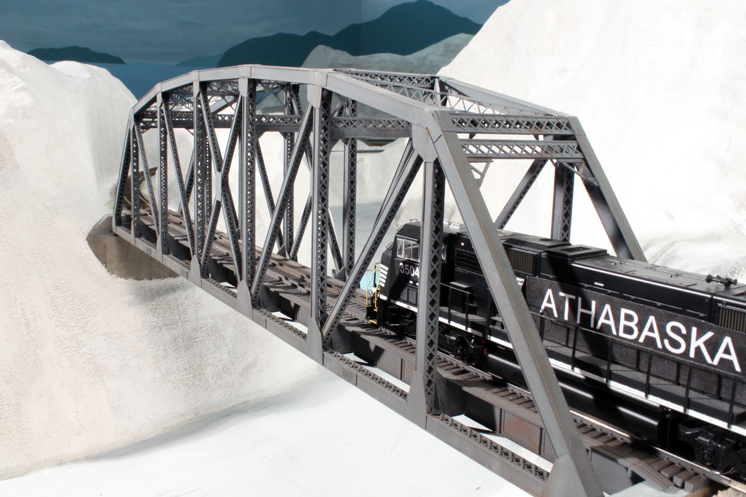
Download plans to build this impressive arch through-truss bridge for a model railroad. Jim Richards Learn how author Jim Richards “scratchbashed” this arch through-truss bridge in the June Model Railroader. Click on the link below to download the assembly diagram that Jim used for the project. Arch through-truss bridge model assembly diagram […]
Read More…
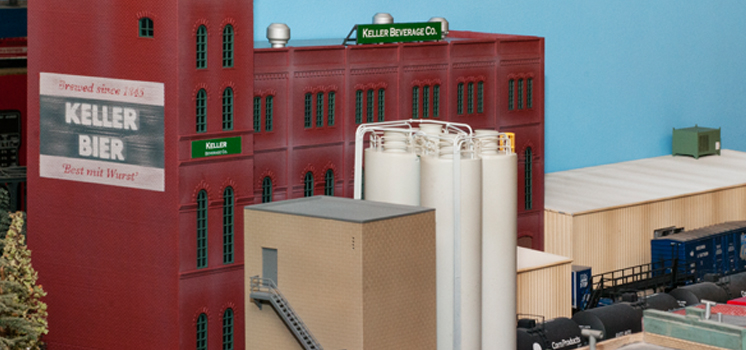
Download signs for Keller Bier and Keller Beverage Co. to use on your model train layout. In the June 2015 Step by Step column, associate editor Cody Grivno shows how to model signs on large model railroad industries. He uses the Keller Beverage Co. on the Model Railroader staff’s club model train layout, the Milwaukee, […]
Read More…
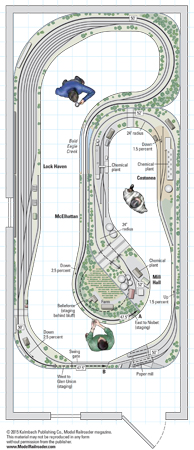
Name: Conrail’s Bald Eagle Branch Scale: HO (1:87.1) Size: 11′-4″ x 27′-4″ Prototype: Conrail Locale: central Pennsylvania Era: 1996 Style: walk-in Mainline run: 60 feet Minimum radius: 30″ Minimum turnout: no. 6 Maximum grade: 2.5 percent The track plan originally appeared in the June 2015 issue of Model Railroader. Click on the link to download […]
Read More…
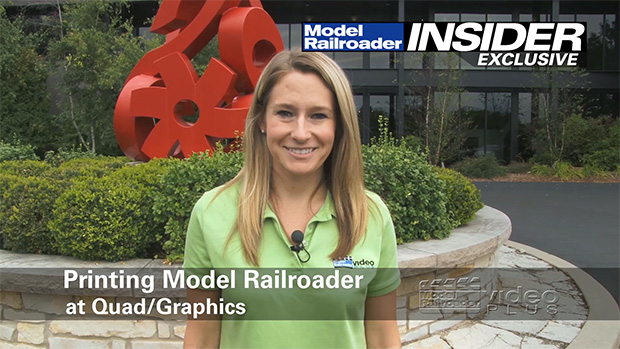
Having trouble viewing this video? Please visit our Video FAQ page Ever wonder how Model Railroader magazine is printed, bound, and distributed to you every single month of the year? Through special arrangements with Quad/Graphics, a rail-served American printing company, host Jenny Maaske and MRVP video crew follow knowledgeable Quad employees through the Sussex, […]
Read More…
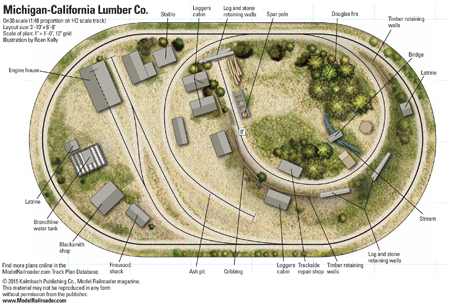
Name: Michigan-California Logging Co. Scale: On30 (1:48 proportion on HO scale track) Size: 3′-10″ x 6′-8″ Prototype: Michigan-California Lumber Co. Locale: El Dorado County, Calif. Style: Tabletop oval Era: 1918 Mainline run: 19′-4″ Minimum radius: 18″ Minimum turnout: no. 6 Maximum grade: 4 percent Height: 41″ to 47″ Roadbed: Homasote Track: handlaid Fast Tracks and […]
Read More…











